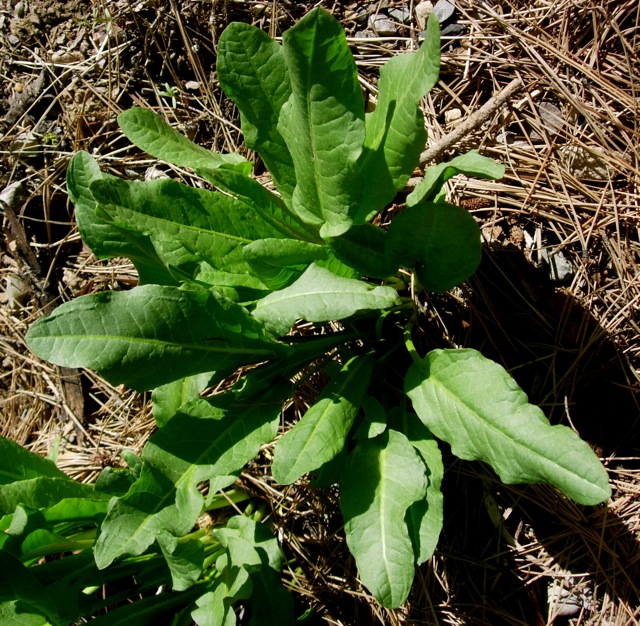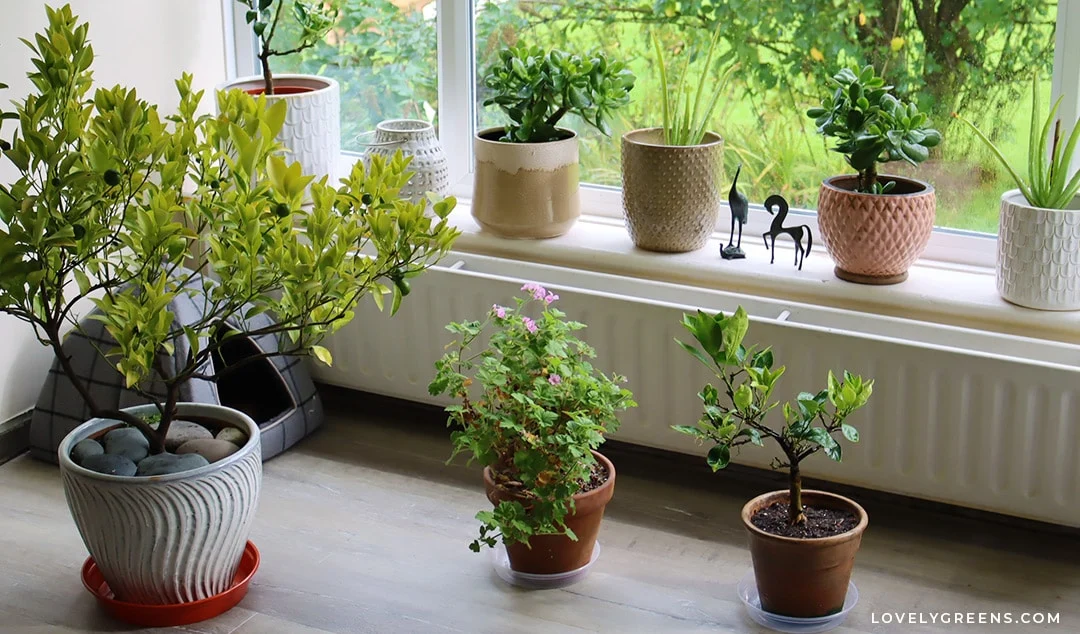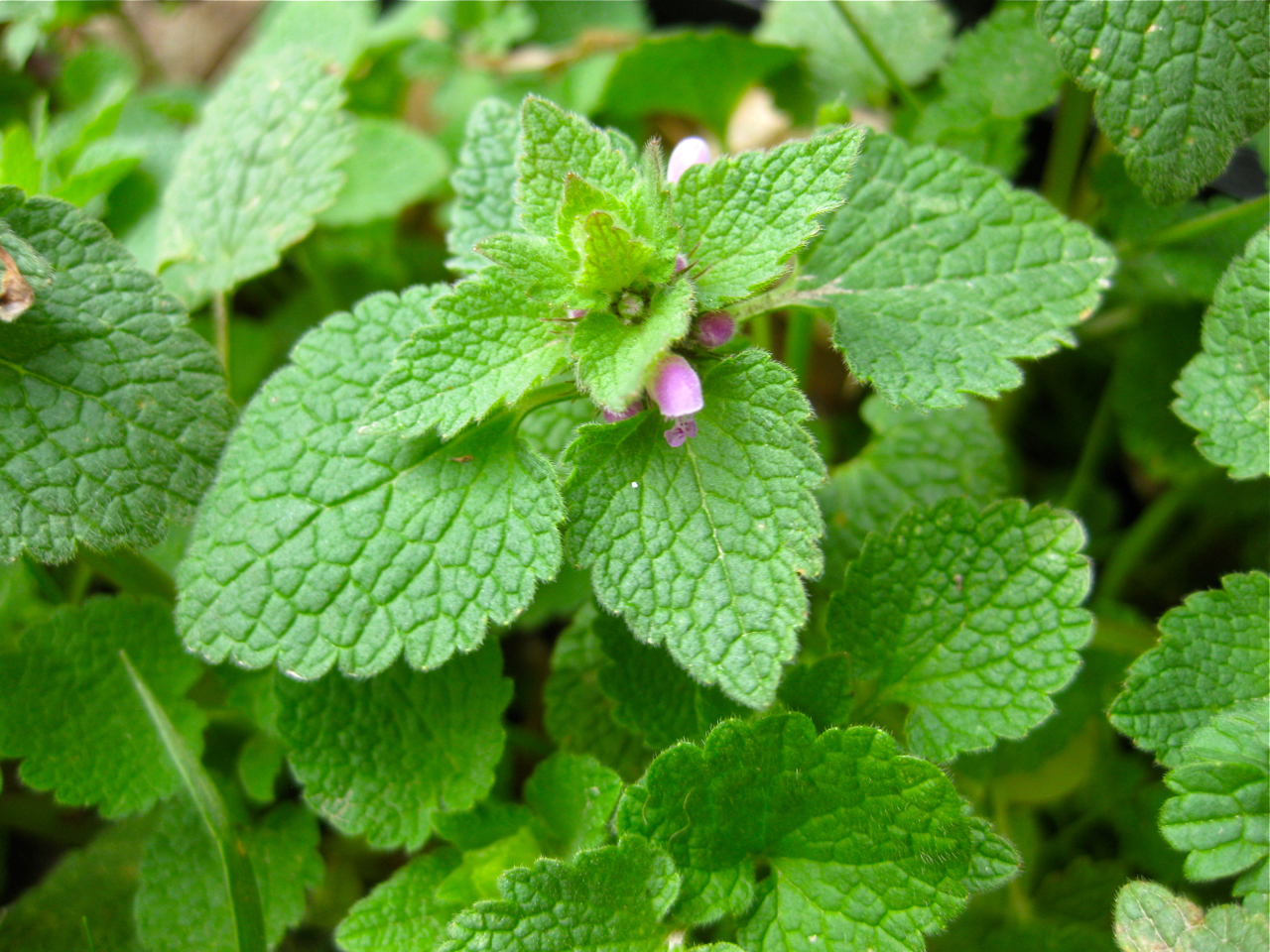Rooftop garden requirements include a suitable structural design and support, proper waterproofing and drainage systems, appropriate soil composition, and adequate access to sunlight and wind. Introducing a rooftop garden to your space can bring numerous benefits, from creating a lush oasis in the heart of the city to improving air quality and providing a source of fresh produce.
However, before embarking on this green endeavor, it’s essential to ensure that certain requirements are met. We will explore the key elements necessary to establish a successful rooftop garden, including structural considerations, waterproofing and drainage systems, soil composition, and access to sunlight and wind.
By following these guidelines, you can create a thriving and sustainable rooftop garden that enhances both your property value and well-being.
Choosing The Right Location
Consider Light Conditions
When selecting the location, ensure adequate sunlight available for plant growth.
Assess Wind Exposure
Evaluate wind patterns, and shelter the garden from strong gusts for plant protection.
Structural Considerations
Building a rooftop garden requires careful structural considerations to support the weight of the garden, irrigation system, and plants. These include assessing the load-bearing capacity of the roof, reinforcing the structure as needed, and ensuring proper drainage to prevent water damage.
Professional consultation and engineering expertise are essential for ensuring the success and safety of rooftop gardens.
Structural Considerations When planning a rooftop garden, it is crucial to take into account the structural considerations. This step is essential to ensure that the rooftop garden is not only aesthetically pleasing but also safe and functional. Two key structural considerations are the weight-bearing capacity of the rooftop and the evaluation of the drainage systems.
Check Weight-bearing Capacity
Assessing the weight-bearing capacity of the rooftop is the first and foremost consideration when planning a rooftop garden. The rooftop must be able to support the weight of the garden, including the soil, plants, furniture, and any additional structures like pergolas or sheds. One way to determine the weight capacity is by referring to the building plans or consulting with a structural engineer.
They will be able to provide accurate information regarding the maximum load the rooftop can bear. It’s important not to underestimate this aspect, as overloading the rooftop can lead to structural damage and even collapse. Considerations for increasing the weight-bearing capacity involve reinforcing the structure through options like adding more support beams or installing a concrete layer. These modifications will ensure the rooftop can accommodate the additional weight and maintain its structural integrity.
Evaluate Drainage Systems
Evaluating the drainage systems of the rooftop is equally important for a successful rooftop garden. Without proper drainage, excess water can accumulate and cause damage to the rooftop, plants, and structures.
To assess the drainage, consider the following factors:
1. Existing drainage systems: Determine if there are pre-existing drainage systems in place, such as gutters or downspouts. These can be utilized or modified to redirect water away from the garden area.
2. Grading of the rooftop: Ensure that the rooftop is sloped appropriately to allow water to flow towards the drainage systems. This helps prevent water pooling and potential water damage.
3. Waterproofing: Verify that the rooftop is properly waterproofed to prevent water seepage. Regular maintenance and inspections of the waterproofing layer are crucial to avoid any issues in the long run.
4. Drainage outlets: Assess the availability and condition of drainage outlets, such as drainpipes or channels. These outlets should be functional and clear of any debris to ensure water flows smoothly.
5. Additional drainage solutions: If the existing drainage systems are insufficient, consider installing supplementary drainage solutions like French drains or retention ponds.
These options can help manage excess water effectively and protect the rooftop garden. By considering these structural aspects, such as weight-bearing capacity, and evaluating the drainage systems, you can ensure that your rooftop garden is not only visually appealing but also safe and resilient against potential issues. Taking the necessary precautions at the planning stage will help you create a sustainable rooftop garden that thrives throughout the seasons.
Selecting Suitable Plants
When it comes to creating a successful rooftop garden, one of the key aspects to consider is selecting suitable plants. The right plant selection can make a significant difference in the garden’s overall success, considering the unique conditions of rooftop environments. By choosing weather-resistant varieties and carefully considering growth conditions, you can ensure that your rooftop garden flourishes in the long run.
Choose Weather-resistant Varieties
To ensure the success of your rooftop garden, it is essential to choose weather-resistant plant varieties. These plants should be able to withstand the challenges posed by rooftop environments, such as strong winds, intense sunlight, and fluctuating temperatures. Some suitable options include succulents, hardy perennials, and native plants that are accustomed to the local climate. By opting for weather-resistant varieties, you can minimize the risk of plant damage and ensure the longevity of your garden.
Consider Growth Conditions
When selecting plants for your rooftop garden, it is crucial to consider the specific growth conditions of the space. Take into account factors such as sunlight exposure, wind intensity, and temperature fluctuations. Certain plants may thrive in full sun, while others require partial shade to flourish. Additionally, consider the availability of water and the potential for soil erosion. By assessing these growth conditions, you can make informed choices that will support the sustainable development of your rooftop garden.

Credit: vjmaterialsmart.com
Creating Functional Spaces
Discover the essential requirements for designing a rooftop garden to create functional outdoor spaces that uplift your living environment and provide a serene oasis in the heart of the city. From proper drainage systems to suitable plant selections, these key factors ensure a successful and enjoyable rooftop garden experience.
Creating Functional Spaces When creating a rooftop garden, it’s essential to focus on functional spaces that cater to various activities. By designing seating areas and incorporating dining zones, you can ensure that your rooftop garden becomes a versatile and enjoyable space for leisure and entertainment.
Designing Seating Areas
For a rooftop garden to be functional and inviting, it’s crucial to create comfortable and aesthetically pleasing seating areas. Consider incorporating a variety of seating options such as outdoor sofas, lounge chairs, and benches to accommodate different preferences and group sizes. Additionally, adding waterproof cushions and pillows can enhance comfort and provide a cozy atmosphere for relaxation.
Incorporating Dining Zones
To maximize the functionality of your rooftop garden, incorporating dining zones is essential for entertaining and enjoying meals with friends and family. Whether it’s a small bistro table for intimate gatherings or a larger dining set for hosting dinner parties, make sure to choose weather-resistant furniture that can withstand outdoor conditions. Adding shade elements such as umbrellas or pergolas can also enhance the dining experience while providing protection from the sun. In conclusion, creating functional spaces in a rooftop garden involves thoughtful planning and design to cater to various activities. Whether it’s lounging, dining, or hosting gatherings, the key is to prioritize comfort, versatility, and durability in the selection of furniture and amenities.
Watering And Irrigation
Proper watering and irrigation are essential for the success of a rooftop garden. The availability of water and the efficient delivery of water directly to the plants are crucial factors to consider. This section will cover two important aspects of watering and irrigation in rooftop gardens: installing drip irrigation systems and watering frequency.
Installing Drip Irrigation Systems
Drip irrigation systems are highly recommended for rooftop gardens due to their efficiency and water-saving capabilities. These systems deliver water directly to the roots of the plants, minimizing water loss through evaporation or runoff. To install a drip irrigation system, follow these steps:
- Measure the rooftop area to determine the length of tubing needed.
- Connect the tubing to a water source, such as a rainwater harvesting system or a garden tap.
- Place drip emitters along the tubing at appropriate intervals. The spacing between emitters depends on the water requirements of the plants.
- Secure the tubing to the rooftop using clips or stakes to prevent dislodgement.
- Set up a timer or a controller to automate the watering schedule.
By installing a drip irrigation system, you can ensure that your rooftop garden receives consistent and efficient water delivery, resulting in healthier and more productive plants.
Watering Frequency
The frequency of watering in a rooftop garden will depend on several factors, including the type of plants, weather conditions, and the season. Here are some general guidelines to help you determine the watering frequency:
- Check the moisture level of the soil regularly by inserting your finger about an inch deep. If it feels dry, it’s time to water.
- During hot summer months, when the temperature is high, you may need to water your rooftop garden more frequently to compensate for increased evaporation.
- Avoid overwatering your plants, as it can lead to root rot and other problems. Ensure proper drainage to prevent waterlogging.
Remember that the specific watering needs may vary for different types of plants, so it’s essential to research and understand the requirements of the plants in your rooftop garden.
Maintenance And Upkeep
Proper maintenance and upkeep are vital for the health and vibrancy of a rooftop garden. Ensuring regular care will keep your garden looking its best.
Pruning And Trimming Requirements
Regular pruning of plants helps maintain their shape and promotes healthy growth. Use sharp, clean tools for optimal results.
Pest Control Strategies
Implement natural pest control methods like planting companion plants and regularly inspecting for signs of infestation.
Enhancing Aesthetics
Discover the essential requirements for creating a stunning rooftop garden while focusing on enhancing aesthetics. Incorporate proper irrigation systems, sturdy containers, and well-chosen plants to elevate the visual appeal of your rooftop space. Choose weather-resistant furniture and decorative elements to complete the inviting outdoor oasis.
Adding Decorative Elements
Rooftop gardens can be enhanced by incorporating decorative elements like colorful planters and sculptures. Consider adding a fountain or small pond to create a focal point in the garden.
Using Vertical Gardens
Vertical gardens can add a unique touch to rooftop gardens by maximizing space and creating a lush green wall. Utilize hanging planters or trellises to grow vines and create a green backdrop. Incorporate climbing plants like ivy or clematis to cover bare walls and add a touch of nature.

Credit: www.sunset.com
Frequently Asked Questions Of Rooftop Garden Requirements
What Are The Essential Requirements For A Rooftop Garden?
To set up a successful rooftop garden, you will need adequate sunlight, proper drainage, and lightweight soil.
How Can I Ensure The Structural Integrity Of My Building For A Rooftop Garden?
Consult with a structural engineer to evaluate the building’s capacity and consider a professional assessment for safety measures.
What Types Of Plants Are Suitable For Rooftop Gardens?
Select plants that can thrive in containers, such as succulents, herbs, and dwarf varieties of vegetables and fruits.
Are There Any Regulations Or Permits Required For Rooftop Gardening?
Check local building codes and acquire any necessary permits related to structural modifications and water usage for rooftop gardening.
Conclusion
Rooftop gardens offer a multitude of benefits, both for urban environments and their inhabitants. With the right requirements in place, such as proper structural support, drainage systems, suitable plants, and regular maintenance, anyone can create a thriving green haven in the heart of a city.
These gardens not only enhance the aesthetic appeal of rooftops but also contribute to improving air quality, reducing the urban heat island effect, and providing opportunities for relaxation and food production. So, if you’re considering embarking on a rooftop gardening adventure, remember to meet the necessary prerequisites and enjoy the numerous rewards that await.











